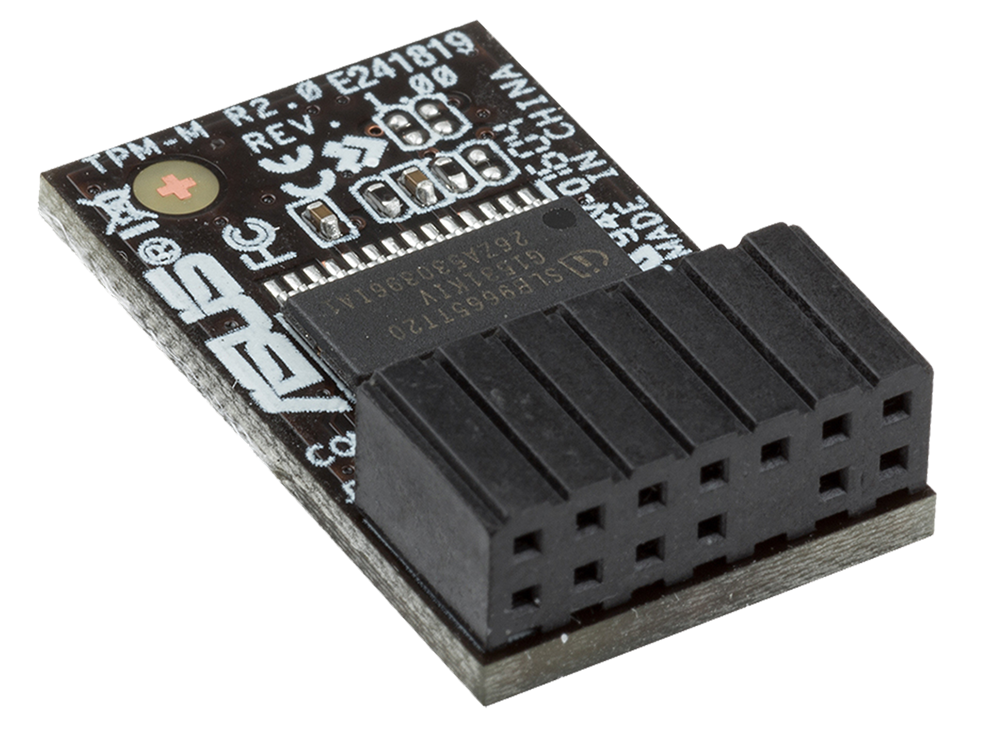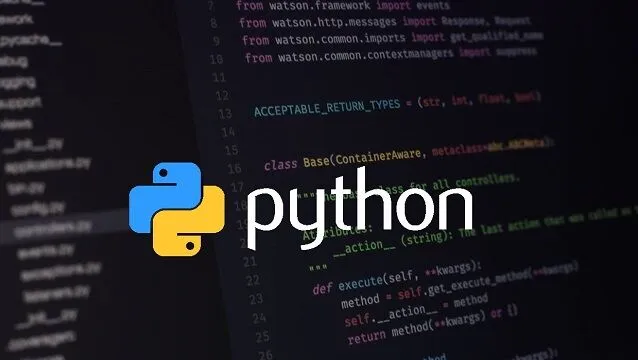Still the pillar of data administration and analysis, structured query language (SQL) is an essential ability for anybody working with relational databases. It is now more crucial than ever to have a strong understanding of SQL principles and to also know how to efficiently handle challenging jobs as data grows in complexity and application demands become more demanding.
String manipulation challenges such String split SQL leetcode style problems, the complexity of dynamic ordering using Order by SQL Database Function Dynamic, best practices for how to return null values as String SQL Access, and also how to perform String Manipulation Using Concatenate SQL Access Update Query. This post is designed to give a comprehensive overview of key SQL concepts and techniques. This will provide you with the knowledge and abilities required to overcome all of these typical obstacles as well as to be a more efficient and productive SQL developer. In the end, this information will allow your SQL development process to be more resilient, scalable, and of quality.
Table of Contents
Dealing with “String split SQL leetcode” challenges requires

One of the most basic procedures usually needed when working with data in a SQL database is string splitting, which also emphasizes one of the few restrictions of a typical database query language. Often the difficulty stems from SQL databases lacking a consistent, built-in string split sql leetcode feature, which calls for more sophisticated or imaginative solutions. For all SQL developers, the sort of queries offered on websites like LeetCode typically illustrate this difficulty of string manipulation and are vital.
- The Importance of String Manipulation: IIn many real-world applications as well as database administration, data is sometimes kept as a string instead of as structured data types. You will thus want a technique for extracting or isolating data from intricate string structures. This is often seen when data is kept as a comma separated string or when one must extract the elements of a delimited string.
- Limitations of Standard SQL Functions: Standard SQL lacks a built-in string split sql leetcode function, thus you will frequently have to use more creative and sophisticated methods for this kind of work and this often involves using a variety of different string functions, and other database particular tools.
- Handling a Variety of Delimiters: Data is commonly kept with various delimiters, thus you will require a technique of managing a number of distinct delimiters and also guarantee that you are accurately recognizing the many portions of the string. Usually a comma, a space, or another sort of character used to split the elements of a longer string, these delimiters are employed in .
- Performance Considerations for Complex String Operations: Many SQL operations—especially those carried out on a very vast data set—can frequently be sluggish and resource-intensive. This implies that you should always check your code to make sure it is operating as effectively as it should be for the type of data you are handling as well.
- Edge Case Handling: Make sure you have taken all the several possibilities and edge circumstances under consideration while handling string splitting. These cover various data quality problems as well as managing empty strings or those with improper delimiters.
These factors underline the need of knowing how to apply SQL and other accessible methods to efficiently execute string splitting activities. Leetcode also has this frequent issue, hence knowing how to overcome these kinds of difficulties is rather important.
Methods for string split SQL leetcode (LeetCode Style): Deeper Dive
Let’s now explore the particular approaches for managing “String split SQL leetcode” difficulties and how to apply each of these approaches successfully:
- Using string functions:
- Standard SQL offers a range of string operations including LEFT, RIGHT, CHARINDEX (or INSTR), SUBSTRING (or INSTR), These purposes may be applied to extract sections of a string and frequently assist in the construction of more intricate methods for string splitting.
- Combining these features will help you to separate and extract single values from a longer string or to isolate the several parts of a delimited string.
- Particularly in cases with a quite simple data structure, this is a typical and rather basic strategy.
- Recursive Common Table Expressions (CTEs) provide a potent method:
- Recursive Common Table Expressions (CTEs) offer a rather effective approach to manage string splitting. This lets you build a CTE, a recursive SQL query, which will divide text depending on a designated delimiter.
- Handling even complicated and layered data as well as dividing up a string into several sections might benefit from this approach.
- Beginning with an initial value, these CTEs call themselves recursively on every new string component. It can produce a result set for every component and help to dissect a difficult string.
- This approach may manage a broad spectrum of use cases and frequently produces far more strong and scalable solutions.
- Establishing User-Defined Functions (UDFs) for Difficult Tasks
- More difficult string manipulation jobs may be handled with User Defined Functions (UDFs), which offer a way to define a reusable SQL function you may use straight from your code. This will help you conduct actions that are not feasible with just regular SQL; it will also enable you to design a custom function employing conventional programming structures.
- After creating your own logic in a procedural language—such as PL/SQL or T-SQL, or comparable, depending on your database system—you can then apply it to strings in your database.
- For some jobs, this approach lets one have a great degree of control and optimization; for complicated processes outside the boundaries of conventional SQL..
- Managing Strings as JSON or XML Data:
- Working with data kept as XML or JSON objects is possible in many SQL databases; you may therefore typically manipulate restricted strings using this capability. This usually entails turning the restricted texts into structured XML or JSON documents, then extracting data using certain XML or JSON tools.
- For managing nested data, complicated delimiters, or for situations when other approaches are challenging, these approaches can be especially helpful. They could, nonetheless, also demand more system resources and be more computationally costly.
These approaches offer a complete toolkit for managing all types of string split SQL leetcode, hence you should carefully select the one most appropriate for your particular situation.
Dynamic Sorting with Order By in SQL Database Function: An Adaptable Method
Another important feature of SQL is dynamic data sorting; the difficulty of “order by in SQL db function dynamic” emphasizes the difficulty of producing reusable SQL code able to manage user input and particular requirements:
- Dynamic Sorting Requirements: You might have to arrange data depending on the value contained in a configuration database or based on user given value. This calls for more flexible SQL functions or stored procedures able to manage several sorting criteria.
- Constructing Dynamic SQL: Building your SQL string dynamically—that is, using variables, string concatenation, and procedural logic—will help you to create your SQL inquiries thus that they may be customized to the particular needs.
- Once the database engine runs the dynamic SQL, it will sort the data depending on the value entered into the function.
- Conditional Sorting Using CASE Statements:
- One may also design a set of conditions using a CASE statement to regulate the data sorting sequence.
- Often recommended if at all practicable, this offers a simpler solution than creating a whole dynamic SQL query from begin.
- Security Issues: Remember always that you have to take care to avoid SQL injection attacks while developing dynamic SQL. Directly including unsanitized user supplied data in your searches never should be done.
These methods can provide you a more strong and adaptable way to “order by in SQL database function dynamic” sort your data.
Managing null values: methods to return them as string SQL access
Dealing with null values in SQL calls for some careful thought; knowing how to “return null values as string SQL access” will help you to appropriately manage and handle certain circumstances:
- Understanding Nulls in SQL: SQL calls for particular treatment of null values, which stand for either unknown or undefined data. Being a separate kind of value, a null value differs from an empty string, or a zero.
- Using COALESCE or ISNULL: Widely utilized and enabling you to substitute specified defaults for null values are the COALESCE and IS NULL methods. When you have to manage nulls and do computations, this is usually quite useful. Using one of these features lets you provide a substitute value to use should the starting value be zero.
- Data Type Compatibility: To assist to prevent any conversion problems, always make sure the replacement value has a data type consistent with the data type of the column. Explicitly converting the data to a varchar data type allows one to convert any datatypes to strings, the most often used method.
- Error Handling: Your system should also be strong enough to manage any incorrect or unanticipated user input as well as other kinds of data mistakes.
These methods will help you to better manage null values and always use a default value to guarantee that the data is legitimate and useable.
Create powerful update queries by concatenating SQL access updates.
Knowing how to “concatenate SQL access update query” is crucial when working with string-based data; string concatenation is a generally needed ability in database development:
- Purpose of String Concatenation:String concatenation is the technique used to combine several strings into one bigger string. Common uses for this are value combining, file name building, identification creation, or new string based data creation.
- Using the Concatenation Operators: Most SQL databases come with a string concatenation operator, usually symbolized by + or | depending on the database system you are using. Many systems additionally provide a specifically designed CONCAT function.
- Handling Nulls with String Concatenation: One of the most often occurring problems with string concatenation is how null values are handled; many systems would return null should a null value arise in the array of strings. Before concatenating, you should guarantee that any nulls are appropriately replaced using the COALESCE or comparable capability.
- Use in Update Queries: When running update queries, where you may need to add a value to an existing string or merge the data from numerous columns into one, string concatenation is frequently quite helpful.
- Escaping Special Characters: Building dynamic searches means that, in order to guard against SQL injection issues, you must always escape any special characters or untrusted input.
These methods will guarantee that you can properly manage string concatenation for a range of database activities, as well as for creating update queries, and for other more complicated SQL comments.
Conclusion
The tools, methods, and pragmatic knowledge this thorough tutorial has given you will help you to manage a great range of SQL queries and data modification procedures. You now know the methods used to address “String split SQL leetcode” difficulties, as well as how to utilize dynamic queries using “order by in SQL db function dynamic,” deal with null values and to “return null values as string SQL access”.
You now have the basic skills required to tackle any kind of SQL based work and know how to properly apply string concatenation in SQL update queries. Establishing strong foundations in these areas will help you to create scalable and resilient systems as well as to utilize SQL to manage any kind of data. These few approaches will enable you to develop as a more competent and skilled SQL programmer.
FAQs
Q1: How would I address SQL’s string splitting challenges?
A: To provide workable answers, combine string functions, recursive CTEs, user-defined functions, and/or JSON or XML processing.
Q2: How best should dynamic data ordering in SQL be managed?
A: Depending on the type of sorting required and the type of data you are dealing with, build dynamic SQL or apply CASE statements within your functions or stored processes.
Q3: When a string result is needed, how should I manage null values in SQL?
A: Convert null values into a specified string or determined default value using the COALESCE or ISNULL functions.
Q4: In SQL update searches, how can I apply string concatenation most wisely?
A: Carefully manage null values and also escape unusual characters to avoid security problems using the string concatenation operator (+ or |) or the CONCAT function.
Q5: Describe a recursive Common Table Expression (CTE).
A: For handling hierarchical data or for doing intricate computations, a recursive CTE—a definition of a query referencing itself—can be quite helpful. One may also apply string splitting using them.
Q6: Describe a user-defined function (UDF), then when should I develop one?
A: A UDF is a user developed SQL tool that lets you apply custom logic—that would be challenging or impossible with conventional SQL. For difficult or repetitious chores, they are handy.
Q7: What is a SQL Injection attack, and how may I stop it?
A: Always clean all user input before adding it into any query to prevent a SQL injection attack—that is, when a hacker inserts harmful SQL code into a query.
Q8: Working with SQL data, should I use COALESCE or ISNULL?
A: Often more versatile than ISNULL, COALESCE is more standard across many databases and lets you send in more parameters.



